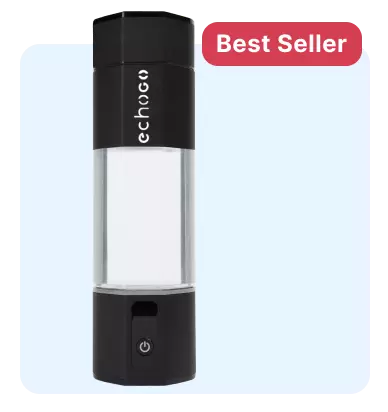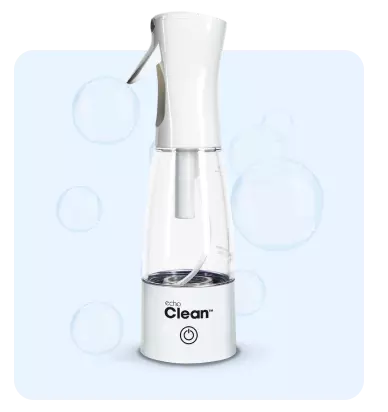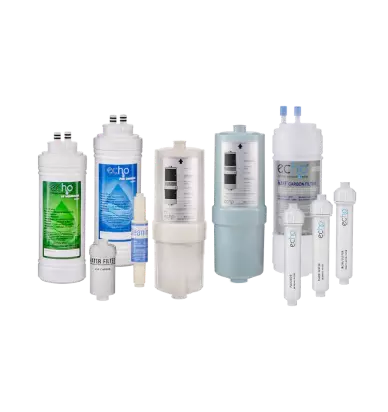Last Saturday, your friends dragged you to the top of a mountain, where you got lightheaded and queasy.
“I’m never doing that again,” you say.
“Oh that’s okay,” they reply. “How about we go deep sea diving next?”
“That’s the exact opposite!” you exclaim. “I’m in!”
To quote Julia Roberts, “BIG MISTAKE! BIG! HUGE!”
You still get sick, but this time it’s different. It’s called decompression sickness or the bends, and it’s something that hydrogen might be able to alleviate. However, the way it works with deep sea diving is way different from what we have previously discussed in articles such as the one at this link.
What Is Decompression Sickness?
You get decompression sickness when you move from a high pressure environment to a low pressure one too quickly. Some of the symptoms include dizziness, headache, joint pain, fatigue, having a hard time thinking clearly, tingling, skin rash, and weakness in the legs and arms.
Before we explain why this happens, it’s important to understand a few things about the nature of pressures and air when you are diving.
The Amount of Pressure You Are In
Believe it or not, you are under pressure all the time, and no, we’re not talking about the type of thing college kids feel during finals week. We’re talking about atmospheric pressure.
Atmospheric pressure is all of the air around you pushing down on every part of your body at all times. At sea level, you are feeling a pressure of 14.7 pounds per square inch. To put that into perspective, the average textbook weighs 4.5 pounds. So you are constantly walking around with three textbooks on every part of your body.
We actually measure atmospheres or atm when we talk about deep sea diving. At sea level, you have an atm of 1. Every 10 meters of depth adds an entire atmosphere worth of pressure. So at 20 meters, it would be about 3 atmospheres.
At 40 meters — which is as far as SCUBA divers go — you are at about 5 atmospheres. That’s 73.5 pounds per square inch, which is about the weight of a ten-year-old child sitting on every part of your body.
The Gases In Air Tanks
When you are either SCUBA or deep sea diving, you have a tank of air attached to you that contains oxygen, but it’s not 100% oxygen. That would actually be toxic, even if you are diving only 20 feet.
As a matter of fact, you aren’t ever breathing that much oxygen in your day-to-day life. The air you breathe at sea level has about 21% oxygen, 78% nitrogen, and 1% other gases.
So your average tank for SCUBA divers has a mixture of oxygen and nitrogen. This works because these kinds of dives only go down to about 40 meters (131 feet). Beyond that point, you can wind up in a state called nitrogen narcosis, where your consciousness and neuromuscular functions are altered.
Because of this, divers who are going even deeper will sometimes use helium rather than nitrogen. This prevents those narcotic effects…and it probably makes their voice sound funny.
How Decompression Sickness Happens
As you are breathing in that nitrogen/oxygen mixture (commonly called nitrox), the oxygen is used up by your body, but the nitrogen sits around in your blood while the dive is going on.
When you go deeper, that nitrogen gas gets more and more pressurized. Then when you go up too fast, your body acts like a soda can that has been opened.
The release in pressure makes the soda bubble as the gases escape. In your body, it’s not soda, it’s blood, and the gas that’s trying to escape is nitrogen. This can cause damage to your blood vessels, and it can create blockage in the blood flow.
The way to prevent this from happening is by ascending slowly. However, even that might not be enough for some people.
The Problem With Helium
Remember how we said that helium is sometimes what divers substitute nitrogen for when they are going really deep? Well, if you go down to about 200 meters (about 656 feet), helium can cause something called High Pressure Nervous Syndrome, which can potentially kill you.
In 2000, a PhD student — whose name is now Dr. Andreas Fahlman — proposed an alternative in his 216 page thesis. He said hydrogen might be a good gas to use instead, and it might be able to prevent decompression sickness.
How Hydrogen Can Help With The Bends
According to Dr. Fahlman, the way hydrogen works isn’t just because of the gas itself. It’s also because of bacteria in your gut called a hydrogenase.
A hydrogenase works kind of like the image of Pac-Man here. This is an oversimplification of the process, but essentially, it eats up a hydrogen molecule and converts it into water.

This reduces the risk of getting the bends by decreasing the amount of hydrogen gas that would bubble up while you ascend.
Some studies before Fahlman’s thesis showed that this reaction really does reduce the bends. However, they were done on rats, and he wanted to see if it would work on pigs because they are more similar to humans biologically.
Experiment With Pigs
Fahlman put the animals into a hyperbaric chamber, which is an enclosed space where you can increase the air pressure. He also placed a treadmill in there. He put the pigs under a lot of pressure, and at a certain point, the treadmill turned on and the pigs walked. Observers would judge whether or not the animals showed signs of decompression sickness.
In addition, Fahlman tracked the levels of methane that were released because that was another byproduct — in addition to water — of the hydrogenase’s reaction with hydrogen. Higher methane levels meant that the bacteria are doing their job.
Results of Pig Experiment
Fahlman had separated the pigs into several groups. One of them was a test group, which was given the bacteria through surgery. The others were control groups, which didn’t get it.
He found that the ones that had received the bacteria had significantly higher levels of methane and much lower incidents of decompression sickness.
But that’s not all. He had to do a preliminary study before running the tests on the animals who went through surgery. This part was just so he could figure out which pressures would create symptoms of the bends.
The pigs in that part of the study were still breathing hydrogen, and Fahlman discovered something he never intended to find. Certain pigs had higher levels of methane, and those ones showed significantly less signs of decompression sickness than the other ones. This is probably because they already have some of those microbes naturally.
What The Results Mean
The results of that experiment show that breathing hydrogen in a deep dive might be an effective way to prevent yourself from getting the bends. It might even work whether or not you have the extra bacteria in your gut, but they do make the hydrogen more effective.
Why This Isn’t More Widely Explored
The idea of using hydrogen as a gas for deep divers isn’t really taking the scientific community by storm. One reason might be the fact that it’s a solution to a niche problem. There are not a lot of people who are diving to great enough depths that they would need to replace nitrogen with something.
Another reason is because of safety. Hydrogen is a very flammable gas, especially when you mix it with oxygen. That may not matter much when you’re underwater, but it’s a big problem when you have to store those tanks on a boat. If any little thing goes wrong, you could wind up with a big explosion, and that wouldn’t be too fun in the middle of the ocean.
But in practicality, this might be a good option in the future. Helium isn’t always in abundant supply, and hydrogen might be a great alternative if it ever completely depletes.
What Does This Have to Do With Hydrogen Water?
In the first section of this article, we quoted Julia Roberts from Pretty Woman. Now, we’re going to answer the question of this section’s headline with a quote from Edwin Starr in his 1970 hit song War: “Absolutely nothing!”
Hydrogen water is beneficial for different reasons. It relieves a condition called oxidative stress. This is linked to a bunch of health problems including diabetes, Parkinson’s, heart disease, and even aging in general.
With that being said, we here at Echo are huge fans of the itsy bitsy hydrogen molecule. It’s a hero in so many ways, and we wanted to spotlight another cool thing that it can do.
How To Try Hydrogen Water
If you would like to reap the benefits of hydrogen water, look no further than the Echo Go+ Hydrogen Water Bottle. You simply put distilled water inside, set it according to how much hydrogen you would like it to produce, wait, and voilá! You have hydrogen water.

The great thing about the Echo Go+ is you can take it anywhere you want. You don’t have to sit around while you wait for the chemical processes that create the hydrogen.
Order your own Echo Go+ today and take control of your health!












Leave a comment
This site is protected by reCAPTCHA and the Google Privacy Policy and Terms of Service apply.